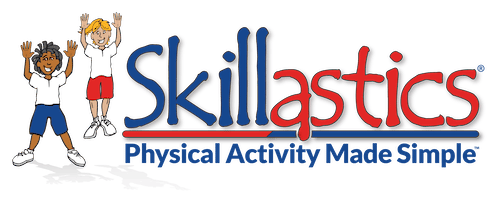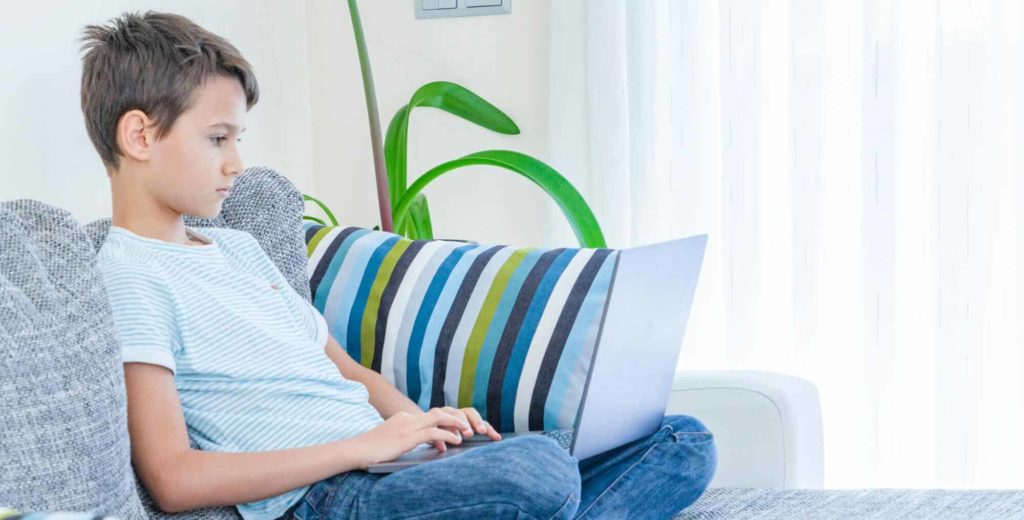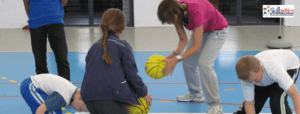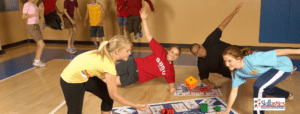In the age of technology, it’s easy for adults, and especially children, to feel the temptation of tech, screens, and social media. All of the developments in new technology have had many excellent advantages, but it’s also had some nasty effects on society.
Thanks to research by the National Institutes of Health (NIH), we know that high amounts of screen time have negative consequences on childhood development. So, how can physical educators and after school program directors combat an era of inactivity in America’s youth? We dive into why children need to move — and how to actually get them to do it, too.
Healthy Children Need Regular Activity
We know that screen time negatively affects children’s health, but when screens and technology are everywhere around us, it’s difficult to unplug and get active. Physical educators, teachers, and after school program coordinators are responsible for teaching kids about the importance of regular exercise to grow to be strong, healthy, and have good eating and exercise habits.
Physical Benefits of Exercise for the Body
You’ve undoubtedly heard it before; regular exercise helps children improve their health and grow to have strong bones and big muscles. The CDC and World Health Organization both have their own recommendations for children’s daily exercise, which you can find here and here, respectively. In general, though, the consensus is that kids should receive at least 60 minutes of regular exercise occurring daily.
Children will indeed see immense benefits from regular physical activity, but there are even more benefits than just building muscle or big, strong bones. Regular physical activity for children also improves these other aspects of a child’s life:
- Motor skills – Children learn the abilities for pre-determined movements to produce an outcome with maximum certainty.
- Dexterity – Kids gain the skills to use their bodies with ease, resulting in improved manual dexterity.
- Hand-eye coordination – Children learn to process visual inputs, coordinate and control their eye movements, and then send signals to their hands to produce movements.
These aren’t the only positives of physical activity for children either; regular movement makes flexibility, dexterity, agility, and endurance improve. Strengthening and perfecting all of these necessary skills and exercises will make life easier for each student as they grow towards adulthood.
According to Harvard University, starting exercise as early as when a child is in their mother’s womb can positively affect the outcome of their adult lives. Now, that doesn’t mean that the fetus is going on a five-mile run before it’s even born. Researchers are simply suggesting that pregnant women who prioritize physical activity can positively impact their baby’s health. Harvard contests that healthy children turn into healthier adults, so it’s crucial to have adequate regular exercise in schools, recreational programs, and team sports during formative years.
Bettering Children’s Mental Health With Exercise
There are other significant health benefits to regular exercise in children beyond just the physical aspects. Physical activity is also a crucial tool that educators can use to improve students’ mental health and cognition.
When we work out, our body releases endorphins, which are a chemical that causes us to feel good inside and out. Increasing your levels of physical activity is linked to a better quality of life and improved mental health. Some other mental health benefits of exercise include:
- Improved body image
- More self-confidence
- Reduction in anxiety and depression
- Higher self-esteem
- Increased cognition levels
- Improvements in negative moods
- Stress reduction
- Greater cognitive skills
Childhood obesity is running rampant across our country, causing long-term health problems for many children and young adults. Obesity is linked to a wide range of mental health issues, so it’s crucial for physical educators and after school program directors to emphasize the importance of regular exercise to avoid getting to the point of obesity at all.
As you can see, after school activity is a must for children to have, so they can continue to grow strong and hone critical life skills. Educators around the country have to work extra hard to make physical fitness exciting, so children will maintain interest long enough to get the regular exercise necessary for a positive, healthy lifestyle.
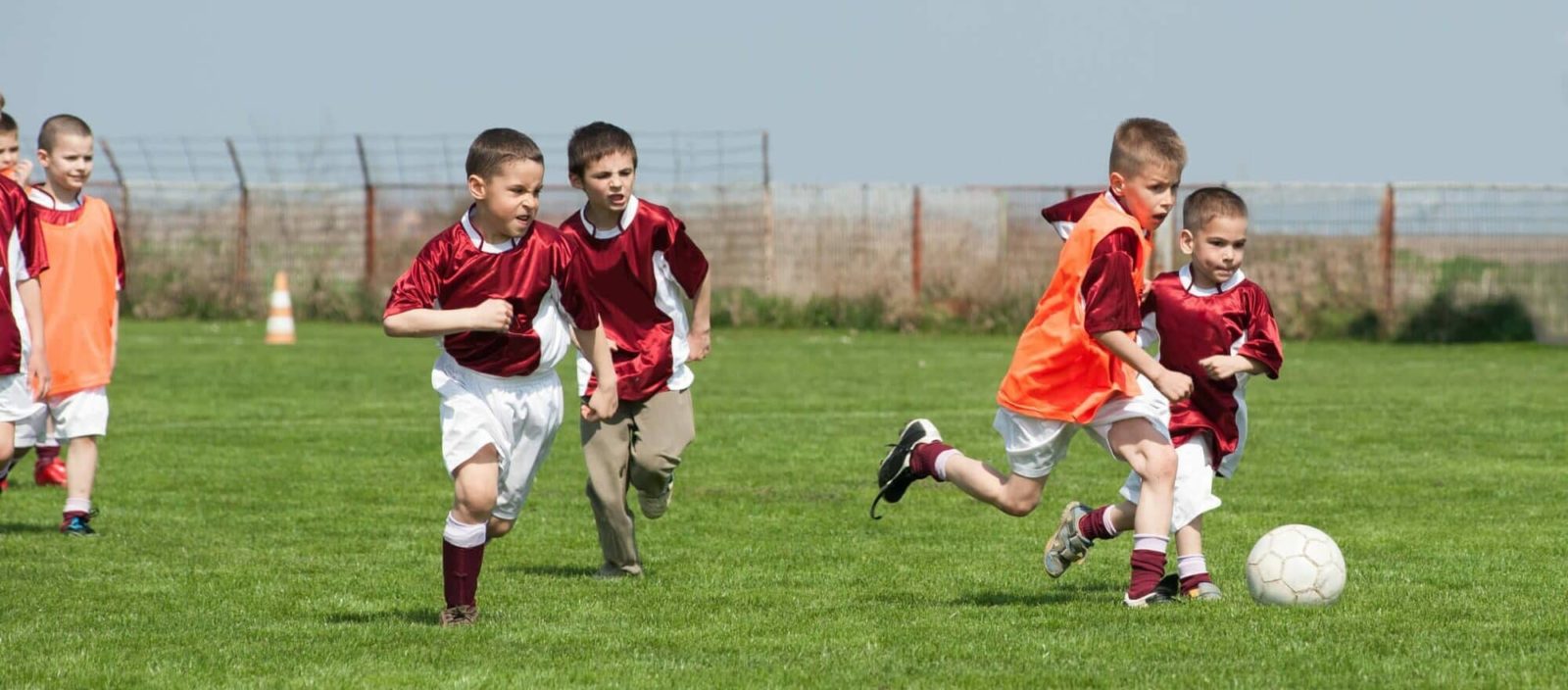
Encouraging Movement in America’s Youth
Movement and exercise are essential for the health and well-being of our country’s children. With all of the distractions that technology creates, it can be challenging to get kids excited about exercising. Below, we look at three sure-fire suggestions for physical educators and after school program directors to kick students’ interest in physical activity into high gear:
1. After School Programs and Clubs
Afterschool programs and clubs such as the Boys and Girls Club of America are excellent resources that benefit children. Most programs enthusiastically encourage physical activity through games, team-building exercises, dancing sports, and more.
These programs are so great for getting kids involved in physical fitness because all of their friends participate, too. Did you know that over ten million American children belong to an after school program or club currently? When exercise just feels like having fun and hanging out with your friends, it’s easy to get excited and look forward to the activity.
Programs like the Boys and Girls Clubs span worldwide, with educators working tirelessly to promote healthy eating and exercise habits within their after school program curriculum.
2. Virtual Physical Activity Programs
Another excellent resource for educators emerging from the age of technology is virtual physical activity programs. These online tools teach children valuable skills through sports, exercise, mindfulness, and even concepts like science, tech, engineering, and mathematics (STEM).
There is a wide variety of fun activities for children to enjoy, including:
- Basketball
- Karate
- STEM Academics
- Yoga
- Mindfulness
- Dance
These self-run programs include national experts in their chosen field. One of Skillastics’ virtual physical activity programs most significant advantages is that it transitions seamlessly from online activity to on-site. This straightforward transition helps keep kids excited about the physical activity, giving them something so fun to look forward to when they come back into the classroom.
One of the most positive aspects of virtual physical activity programs is that they encourage both physical and mental fitness. Students aren’t just running around without a purpose. They have to put their brains to use, collaborate, and communicate to reach success in the activity. The programs are fun and easy to follow, so it hardly feels like learning and exercise at all.
If your school or program has concerns about the cost of virtual physical activity programs like these from Skillastics, there’s no need to worry. While budget cuts to physical education are creating a health epidemic in America’s youth, Skillastics is stepping up to help. Contact the team at Skillastics and see what grants, scholarships, or financial assistance are available to get these programs started in your district or afterschool activity.
3. Team and Organized Sports
Sports are a huge part of many families’ and children’s lives. Learning how to play ball with dad or the neighborhood buddies is a great way to mask physical fitness with a fun activity. After school programs, physical education classes, YMCA, Boys and Girls Clubs, or other local recreation programs are a great starting point for getting your children involved in different sports.
Team sports are a great option because there are tons of opportunities to teach valuable life skills while still providing physical activity. As the name denotes, team sports allow kids ample time to work together towards a common goal. Playing on a local recreational team can take these skills to the next level for your child:
- Communication
- Teamwork
- Collaboration
- Respect
- Problem-solving
Team sports are a fantastic way to get kids involved in regular exercise. Local recreational sports teams are filled with new faces and old friends from school or the neighborhood, meaning it’s easy to make friends and have a fantastic time while exercising.
If team sports, which typically involve physical contact, aren’t appealing or appropriate for a child, there are other options as well. Individual sports like tennis, track and field, swimming, skiing, ice skating, and more all involve the entire musculoskeletal system, ensuring that participants get a full-body workout whenever they practice or compete.
Conclusion
In the age of ever-changing and growing technology, it can seem like an impossible task to balance screen time and physical activity for children. Although it might seem complicated, both educators and parents must encourage physical fitness and exercise in students or children.
Regular physical activity is linked to improvements in mental health, physical health, cognition, and self-esteem. Give your students, program participants, or children the proper tools to lead a healthy and prosperous life into adulthood with resources like Skillastics that make any kind of physical activity fun. Contact Skillastics today to see how you can improve the quality of your students’ lives with Skillastics virtual physical activity programs.
About the Author
Sandy Slade is the CEO & Founder of Skillastics®, the #1 on-site and virtual physical activity resource for groups of children of all sizes. The on-site programs are designed around Skillatsics Activity Kits. These Activity kits include an innovative technique of play, executed on an oversize mat, where up to 100 children can play at one time.
The virtual programs provide students with an amazing variety of physical activity experiences that consist of 30 days of content lasting 30-40 minutes a day taught by national experts.
Skillastics® is enjoyed by over 10 million students in more than 25,000 Physical Education and After School settings nationwide.
For more information, email info@skillastics.com or check out www.skillastics.com.
